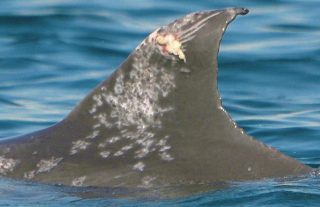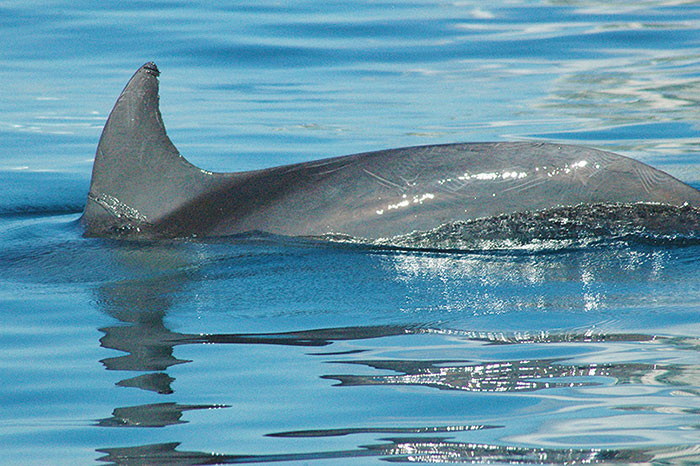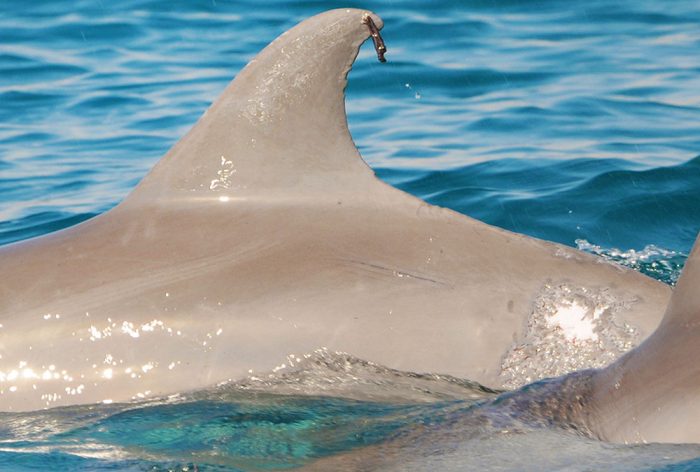
By Dr. Stefan Harzen
Over the past 50 years, a great number of previously unknown human diseases emerged, while other well-known maladies, including cholera and tuberculosis, have seen a significant resurgence. Not surprisingly, dolphins and other marine mammals experience a similar trend. Algal-bloom bio-intoxication is one of the better-understood disease agents.
Our experience in human medicine should cause all of us to be concerned about the deterioration of aquatic eco-systems, especially since they support more than half of the population in the U.S. alone.

Monitoring the overall health of dolphins is an excellent way to evaluate the wellbeing of entire aquatic systems and identify environmental trends. Dolphins are the canaries of the ocean, warning us about existing and emerging threats not only to the aquatic eco-systems, but also to human health. It is in our own best interest to closely observe patterns affecting their behavior or health, as it could affect humans in the long run.
Let’s focus on the recent catastrophic, harmful algae bloom that descended on the Port St. Lucie River lagoon and associated waterways to both the east and west coastlines of Florida. Algae blooms have been a regular occurrence in this area for years, but this year’s outbreak was larger by several magnitudes.
It is well established that such blooms produce neurotoxins that can kill dolphins and other marine life, as well as biotoxins that affect human health. Among those threats to our own well being are brevetoxins and saxitoxins that cause poisoning, and okadaic acid, which causes diarrhea.

Some recent disease outbreaks among bottlenose dolphin populations in southeast Florida serve as prime examples of how studying dolphins can help us manage health risks. Several of these outbreaks were associated with brevetoxins, produced by a dinoflagellate called Karenia brevis. This is the same species that causes red tides. Brevetoxins are known to kill and contaminate fish and shellfish. When humans consume those, or inhale toxic aerosols, they fall ill. Actual exposure may be delayed, meaning the risk to human health continues long after, or far away from, the original dinoflagellate bloom.
Some of the visible impact of exposure to toxins and viruses manifests in changes on the dolphin’s skin, just as sunburns damage our skin. Some of these damages may be short-term, changing the color of the skin, or leading to the shedding of dead skin, but long-term impacts, including skin cancer are well documented.

Any increase in toxins in our coastal habitats, natural or manmade, must be of great concern. While we might not fully understand how these toxins travel through the food chain, dolphins can serve as the sentinels for ocean and human health.
The Taras Oceanographic Foundation is a small but successful non-profit headquartered in Jupiter, Fla. Their vision is to advance knowledge about dolphins and the long-term survival of both people and the oceans. For information, visit www.taras.org.